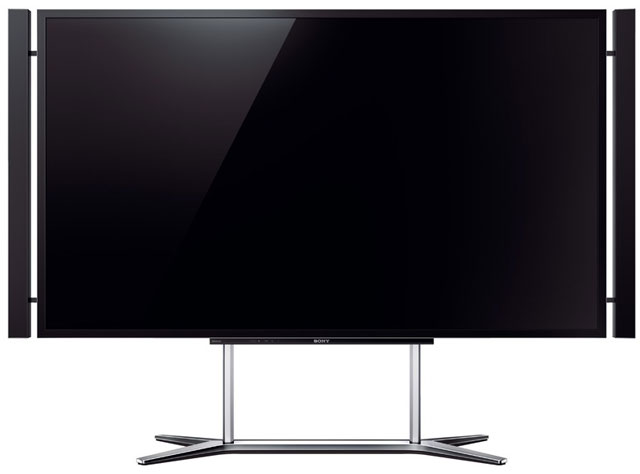 Last year proved to be a little quiet on the technology front. Internationally, there were few major developments, at least in consumer electronics. Manufacturers continued to refine their televisions, smartphones, notebooks and tablets rather than cracking open major new product areas.
Last year proved to be a little quiet on the technology front. Internationally, there were few major developments, at least in consumer electronics. Manufacturers continued to refine their televisions, smartphones, notebooks and tablets rather than cracking open major new product areas.
The local technology industry also seemed to stagnate a little. Despite much promise of corporate action and consolidation, very little actually happened. That should change this year.
But let’s start with what we can look forward to in the world of consumer gadgets and gizmos.
The annual International Consumer Electronics Show (CES), which took place in Las Vegas this week, always provides great insights into the year ahead.
The 2014 event showcased some key emerging trends, most notably wearable computing. We’ve already seen the emergence of smart watches like the Pebble. But it’s still early days. Current smart watches lack the killer features that will turn them into mass-market items.
Google, of course, has Glass, which offers an Internet-connected head-up display to those willing to look a little dorky by wearing a pair of glasses that wouldn’t look out of place on the set of Star Trek. Google Glass is expected to go on sale sometime this year, but it’s unlikely to be cheap.
Some of the biggest names in technology are betting that “wearables” will be the next big thing. Chip maker Intel, which missed the boat in mobile, is determined it’s not going to lose out this time around. At CES, it showed off a tiny computer the size of an SD card which is meant to act as a development platform for future wearable devices.
The latest developments in television were also a highlight at CES, with TV manufacturers vying to latch onto the technologies that could push consumers into a fresh upgrade cycle. Ultra-thin and even bendable screens based on organic light-emitting diodes grabbed much attention, as did giant new curved (yes, curved) TVs from Samsung and LG.
The Korean electronics giants both unveiled 105-inch — that’s more than 2,6 metres — curved ultra-high-definition sets. UHD, sometimes referred to as 4K, offers four times the resolution of traditional full-HD TV, allowing viewers to sit closer to the screen without seeing pixellation, allowing for a much more immersive home entertainment experience.
Already, content producers are starting to churn out 4K movies and programmes, with video-on-demand service Netflix set to offer the second season of the popular House of Cards in UHD.
The cost of 4K TVs is still prohibitive — for a large one, expect to hand over at least a couple of hundred thousand rand — but prices will fall sharply as manufacturers ramp up production. It will be several years, at the very least, before UHD television becomes a realistic option for most consumers, but, as with HD flat panels and 3D, it will happen.
Closer to home, we can look forward to interesting developments in the telecommunications and broadcasting sectors this year.
It looks likely that Vodacom will make a formal offer to buy Neotel, providing it’s able to get its smaller rival’s spectrum assets. Competitors will inevitably lodge objections at the Competition Commission, which will have to apply its mind carefully to the impact of a deal.

Another transaction that’s likely to be wrapped up this year is one between Telkom and MTN. The two operators are said to be in talks about a deal involving Telkom’s loss-making mobile business. (Other parties may be involved in talks with Telkom.) A Telkom Mobile, MTN deal could prove trickier to pull off than Vodacom and Neotel. The competition authorities are going to be kept busy.
The battle over local-loop unbundling — opening the “last mile” of Telkom’s (and other operators’ infrastructure) to rivals — is also set to come to a head soon. Telecoms regulator Icasa and Telkom are eying each other warily from their respective trenches. This one could get bloody.
Lastly, let’s hope there’s finally solid progress on digital terrestrial television. Legal action by MultiChoice and possibly the SABC and community broadcasters may be in the offing after cabinet mandated the use of a control system in set-top boxes that will be subsidised by government. It’s a messy situation that is unlikely to be cleared up soon. That’s a big problem given the pressing need to free up broadcasting spectrum for broadband.
- Duncan McLeod is editor of TechCentral. Follow him on Twitter
- This column was first published in the Sunday Times




